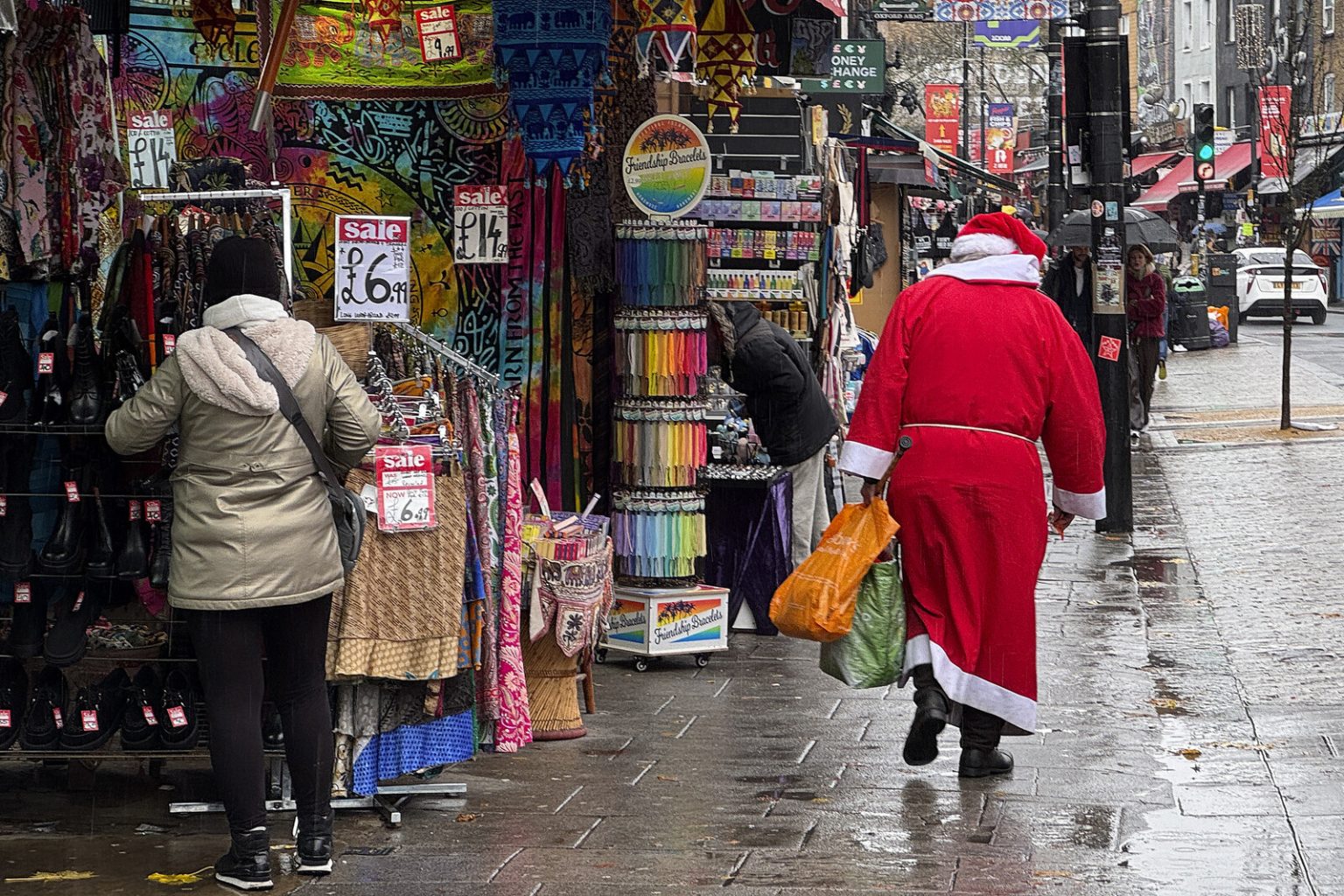The UK retail sector experienced a slight contraction in December 2023, registering a 0.3% decrease in sales volume compared to November, according to data released by the Office for National Statistics (ONS). This dip followed a revised growth of 0.1% in November, indicating a softening of consumer spending as the festive season drew to a close. While the December figures mark a slight retreat, they should be viewed within the broader context of the retail landscape, which has faced numerous challenges throughout the year, including persistent inflation, rising interest rates, and a cost-of-living crisis impacting consumer confidence and spending power. The unexpected downturn underscores the volatility of the retail market and suggests that consumers may have exercised greater caution in their spending during the typically robust holiday shopping period.
Despite the month-on-month decline, the UK retail sector demonstrated resilience on an annual basis, with sales volumes increasing by 3.6% in December compared to the same period in 2022. This marked a substantial acceleration from the revised annual growth of 0.5% recorded in November, indicating a degree of underlying strength within the sector. This yearly growth suggests that despite the immediate pressures on household budgets, consumer spending remained relatively buoyant over the longer term. However, the annual growth figure fell short of market expectations, with analysts predicting a more robust 4.6% increase. This discrepancy highlights the complex interplay of factors influencing consumer behaviour and the challenges in accurately forecasting retail performance in a dynamic economic environment.
The December retail figures present a mixed picture of the UK consumer landscape. While the month-on-month decline signals a potential slowdown in spending momentum following the festive period, the positive annual growth indicates a degree of underlying resilience. The performance across different retail segments likely varied, with some sectors potentially benefiting from seasonal demand while others may have faced more pronounced headwinds. Further analysis of the data, including a breakdown by specific retail categories, would provide a more nuanced understanding of the underlying trends and drivers of consumer spending.
The observed divergence between actual retail performance and market expectations underscores the prevailing uncertainty surrounding the UK economy. Analysts had anticipated a stronger rebound in December, reflecting the traditional surge in holiday shopping. The weaker-than-expected figures suggest that consumer confidence may be more fragile than previously assessed, potentially reflecting the ongoing impact of inflationary pressures and rising borrowing costs. This divergence also highlights the difficulty in accurately forecasting consumer behaviour in the current economic climate, where multiple factors can influence spending patterns.
The retail sector plays a crucial role in the overall health of the UK economy, both as a significant contributor to GDP and as a major employer. The December retail figures, while providing a snapshot of recent performance, also offer valuable insights into the broader economic outlook. The observed slowdown in consumer spending, coupled with the divergence from market expectations, raises questions about the sustainability of economic growth in the coming months. Policymakers will be closely monitoring these trends to assess the need for further interventions to support the economy and bolster consumer confidence.
Going forward, the performance of the UK retail sector will depend on several key factors, including the trajectory of inflation, the evolution of interest rates, and the overall health of the labour market. A sustained decline in inflation could provide some relief to household budgets, potentially boosting consumer spending and supporting retail sales growth. Conversely, if inflationary pressures persist or intensify, consumers may continue to tighten their belts, leading to further weakness in the retail sector. The Bank of England’s monetary policy decisions will also play a critical role, with higher interest rates potentially dampening consumer spending and impacting retail activity. Furthermore, the stability of the labour market and the resilience of employment levels will be crucial factors influencing consumer confidence and spending patterns in the months ahead.














